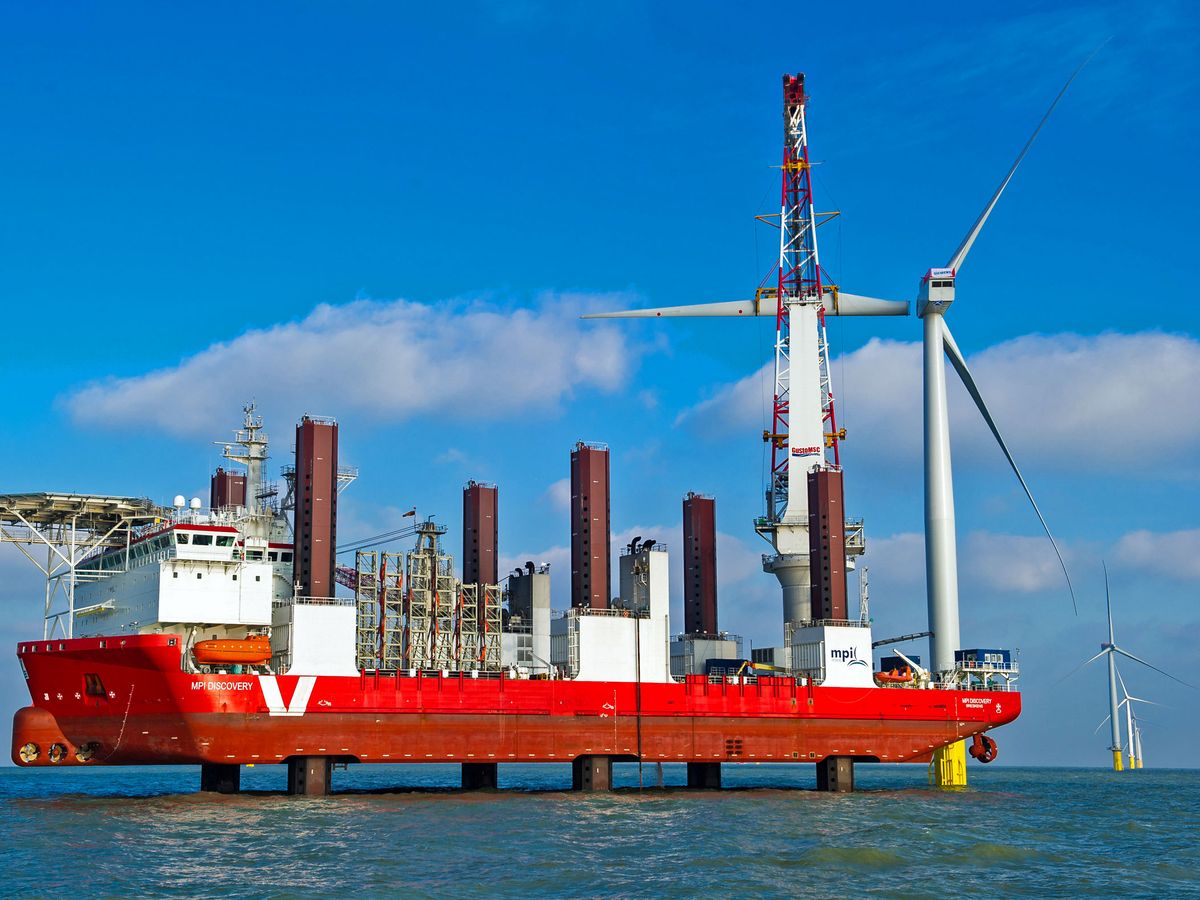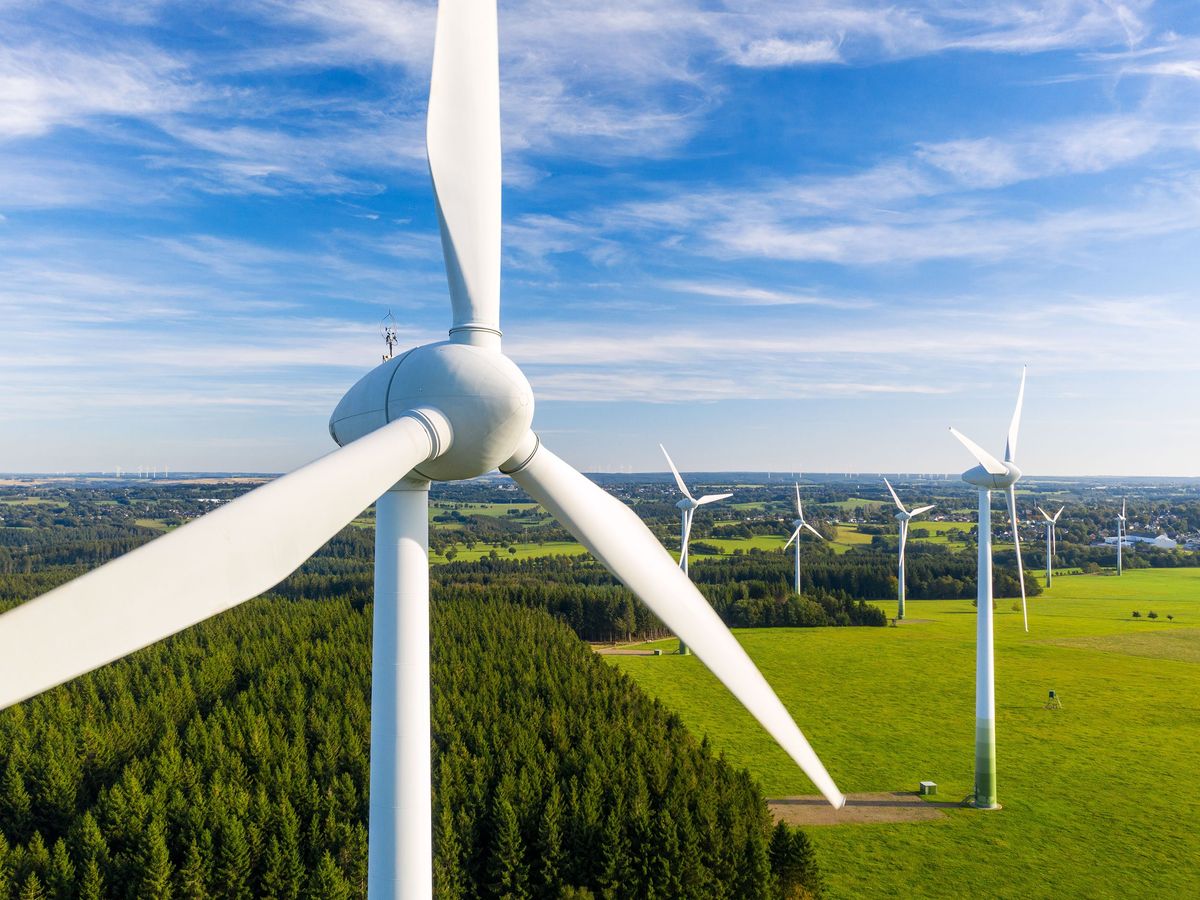Around a year and a half ago, the Walney wind farm in the Irish Sea started spinning and prepared to relish the title of being "biggest in the world." It ended up enjoying that status a bit longer than expected, but the London Array, off the coast of Kent, now leaves Walney and its 367 megawatts in the dust.
Some numbers: 175 turbines. 630 megawatts. Half a million homes. 100 square kilometers. 450 kilometers of offshore cabling.
In other words, it's pretty big. The speed at which these enormous projects are popping around in the waters around the U.K. is impressive, especially considering the ongoing difficulties with getting even a single offshore turbine up and running in the U.S. (Cape Wind might have one by next year! Maybe!) There are now around 20 distinct offshore wind farms around the U.K., generating enough power for 2.3 million homes; when all offshore turbines that are spinning, in construction, or planned are combined, they total 15 gigawatts of capacity—about a quarter of the entire U.S. onshore wind power capabilities.
The London Array, owned by DONG Energy, E.ON, and the U.A.E.'s Masdar, looks to keep it's world's-biggest title for a bit longer than Walney held out, thanks to its already massive size and a phase 2 plan to bring it up to a full gigawatt. And some of the other big projects underway in the region won't be able to compete with that sort of girth: West of Duddon Sands farm will get to 389 MW, for example, while the Gwynt y Mor farm off the coast of Wales will reach 576 MW.
According to some of the executives involved with the London Array, big really is better when it comes to offshore wind. "This project is also a real milestone on the path to cutting the cost of offshore wind," said Brent Cheshire, the U.K. country chairman for DONG Energy, at the inauguration. "As projects get even bigger and move further offshore, we must continue to harvest the advantages of scale to bring down the costs." The CEO for E.ON UK added that the aim is to reduce the cost of offshore wind by 40 percent within just a couple of years. In a country that is actually good at building these farms, there's no reason to doubt that they can get there.
Photo: London Array
Dave Levitan is the science writer for FactCheck.org, where he investigates the false and misleading claims about science that U.S. politicians occasionally make.



